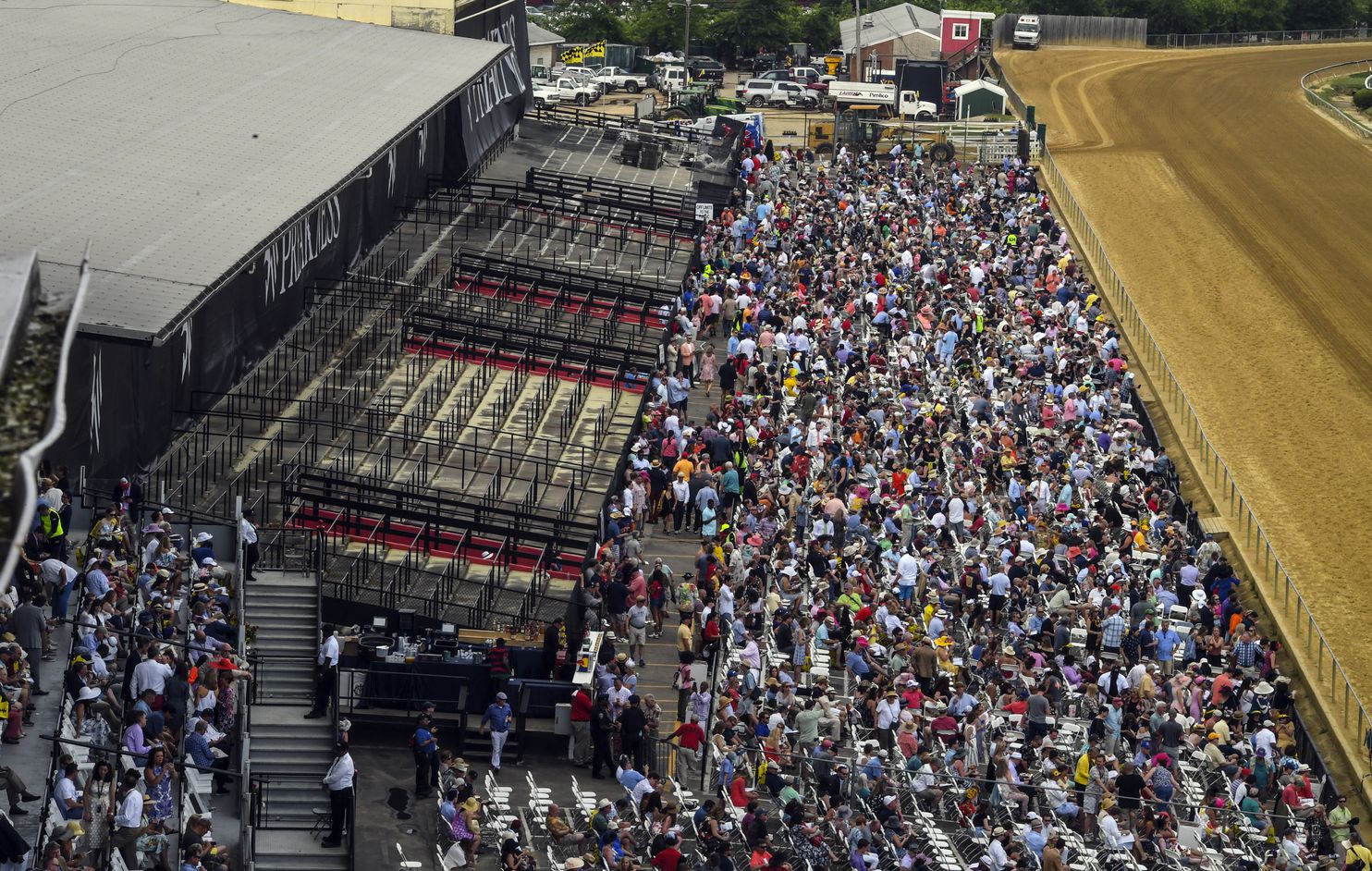
In Maryland, is it schools vs. racetracks?
Originally published in the Washington Post
When it comes to financing new government initiatives, there’s an old rule: “Don’t tax you, don’t tax me, tax that fellow behind the tree.”
Banking on this strategy, the thoroughbred racing industry has linked arms with political leaders from Baltimore and Maryland to come up with a way to keep the Preakness from departing its dilapidated home at Pimlico Race Course in favor of the better-maintained track at Laurel. The obstacle to rebuilding Pimlico has been the several hundred millions of dollars required. To solve the problem you need to target “that fellow.” What makes this situation interesting is who it might be.
In a nutshell, the new plan is to bulldoze the aged Pimlico facility and construct an entirely new one at an estimated cost of $375.5 million. Only about $200 million of that would go toward the Pimlico rebuild; the rest would go to upgrade Laurel. The Pimlico portion of the spending is being touted as part of a redevelopment strategy for the surrounding area. The track’s owners plan to donate the property (thereby avoiding property taxes) so that the city can sell some of the parcel to developers and use the rest for public markets and sports fields. The horsemen would rent the track portion for a couple of weeks each year to host the annual party that is the second jewel of racing’s Triple Crown.
There are, of course, many reasons to wonder whether spending even a penny of public money on Pimlico is sensible. Thoroughbred racing is a declining industry; aside from the attractiveness of rival gambling options, a spate of deaths at Santa Anita in California has animal rights activists advocating its prohibition. And in Baltimore and Maryland more widely, allocating scarce capital to racetracks while schools and roads crumble seems more than a little extravagant.
But that’s where the political genius of this plan comes in: Thanks to the fellow behind the tree, it promises to be a free lunch for everyone else. Virtually the entire cost of the project, we are told, will be raised by funneling money from taxes on casinos through the state’s Racetrack Facility Renewal Account and other entities.
One problem is that this account, which was created as part of the political deal that allowed casino gambling into the state in 2010, will start shrinking in 2026 and be defunct by 2032. Each casino’s tax contributions toward the account were supposed to last for only 16 years. So this well will run completely dry roughly 18 years before the 30-year bonds needed to pay for the rebuild expire.
No worries, say the plan’s advocates: All the legislature has to do is rewrite the law, extend the racetrack account’s life and keep the casino money flowing to the horsemen. Unless the casino operators are under the false impression that with the expiration of the racetrack account they will get to keep more of their revenue, they should have no reason to oppose the plan.
Who would? Who is the real fellow behind the tree? Maryland’s schoolchildren — or, more precisely, all the various interest groups who have an interest in their welfare or, at the least, an interest in spending more on public education.
This is because the bulk of Maryland’s casino taxes are earmarked for the state’s Education Trust Fund. With the expiration of the Racetrack Facility Renewal Fund, more millions would flow to the schools. Ditto with the casino money now earmarked for supplementing purses at Maryland tracks: If the horsemen are willing to give up some of that gravy to finance the rebuild, as the plan envisions, the logical question is whether those dollars should also go to the schools instead.
And the timing of this plan might be a particular problem for racing industry interests. Issue No. 1 for the coming legislative session is expected to be funding for the ambitious Kirwan Commission proposals for education reform in the state, the costs of which will ramp up to an estimated $3.8 billion annually within 10 years. Debates about taxes and the allocation of scarce state resources were already bound to be combative. Pitting lobbyists for the racing industry and the Baltimore City delegation against those who are locked and loaded to fight for Kirwan can only make the battle fiercer.
It promises to be compelling political theater. Stay tuned.






